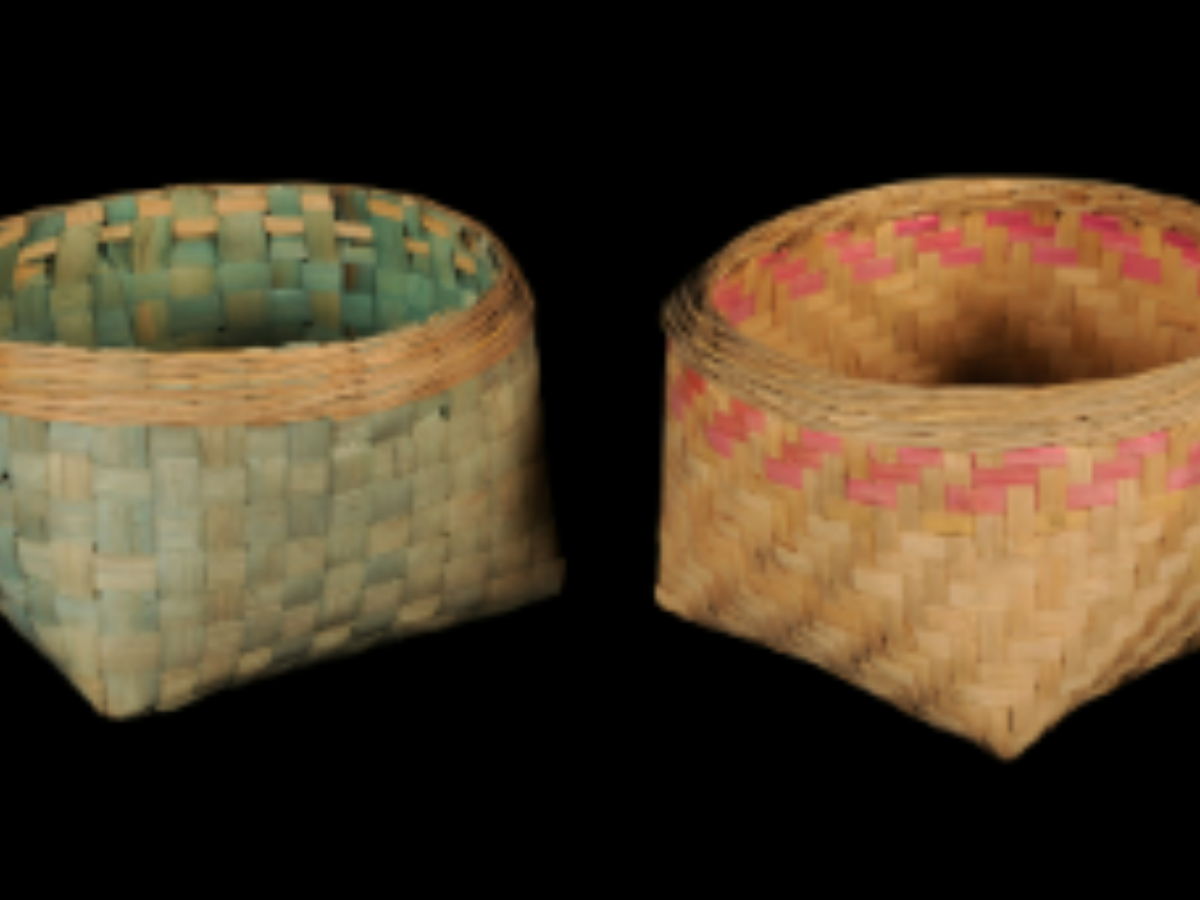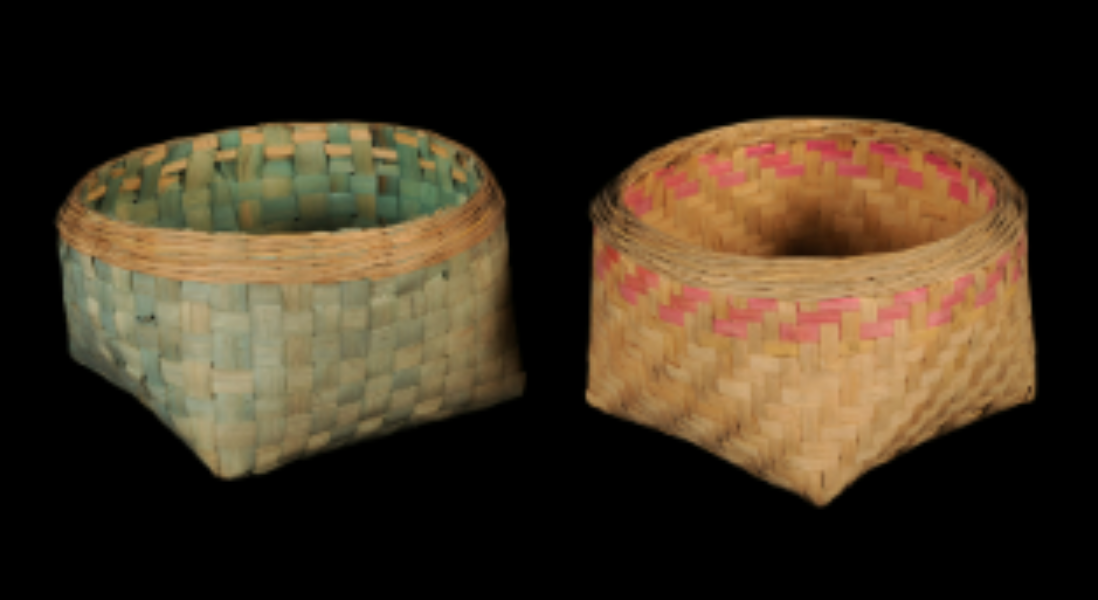State
Tribe Name
Art Type
short description
Ada Bamboo baskets created by the Binjhal tribe, an indigenous people distinguished by their much-cultured nature and superior knowledge in ornamentation with natural materials. Bamboo, the most favorite plant found in the forests of Odisha and Chhattisgarh, the two states rich in Europe, mainly concerning Binjhals, has been an integral part of their daily lives and cultural paraphernalia.
Thumbnail

Filter Postion
Left
Filter Background
Off
Theme
Filter Header Image

content
Image

description
Ada Bamboo baskets created by the Binjhal tribe, an indigenous people distinguished by their much-cultured nature and superior knowledge in ornamentation with natural materials. Bamboo, the most favorite plant found in the forests of Odisha and Chhattisgarh, the two states rich in Europe, mainly concerning Binjhals, has been an integral part of their daily lives and cultural paraphernalia.
These baskets are popularly known as Ada, but in actuality, both exhibit a similarity in design, along with having different aesthetic characteristics. Its first basket has a rounded opening with neck fitted closely with fine strips of bamboo, and slightly wider strips forming the rim, to provide strength and structure. Below the neck, three strips of flat bamboo painted red add a decorative touch. The bottom has a square shape with four protuberant corners- an inherent feature that lends stability when the basket is set down.
In the second basket, while the predominant outline remains the same, brighter colors take charge. It also contains a round opening with a rim and neck from a narrow bamboo strip. Below the latter, the entire body is dyed green, giving it an identity of its own and perhaps a symbolic or festive role. It also stands with a square base and four solid corners, as the first.
These baskets symbolize a habitat connecting the Binjhal tribe with nature, where utility exists with an aesthetic purpose. Baskets are for storing grains, household items, and rituals.
These baskets are popularly known as Ada, but in actuality, both exhibit a similarity in design, along with having different aesthetic characteristics. Its first basket has a rounded opening with neck fitted closely with fine strips of bamboo, and slightly wider strips forming the rim, to provide strength and structure. Below the neck, three strips of flat bamboo painted red add a decorative touch. The bottom has a square shape with four protuberant corners- an inherent feature that lends stability when the basket is set down.
In the second basket, while the predominant outline remains the same, brighter colors take charge. It also contains a round opening with a rim and neck from a narrow bamboo strip. Below the latter, the entire body is dyed green, giving it an identity of its own and perhaps a symbolic or festive role. It also stands with a square base and four solid corners, as the first.
These baskets symbolize a habitat connecting the Binjhal tribe with nature, where utility exists with an aesthetic purpose. Baskets are for storing grains, household items, and rituals.
Image Mode
landscape
promoted
On
Verified
Off
